If you’ve ever tried to start your car only to hear a dreaded clicking sound or nothing at all, you know the frustration of a dead battery. Learning how to jump a car is a valuable skill that can save you time, money, and stress. In this guide, we’ll walk you through each step, so you’ll be ready to tackle a dead battery and get back on the road quickly and safely.
Table of Contents
What You Need to Jump a Car
Before we dive into how to jump a car, let’s go over the essentials. Here’s what you’ll need:
- A working vehicle with a charged battery
- Jumper cables
- A safe location to perform the jump start
Important Safety Note
Jump-starting a car can be dangerous if not done correctly. Always wear gloves and eye protection if you have them, and make sure both vehicles are off and in park or neutral before connecting any cables.
Step 1: Position the Cars Correctly
The first step in how to jump a car is to position the vehicles close enough for the jumper cables to reach both batteries. Keep both cars off, and open the hoods. Make sure they’re in park (or neutral if you’re driving a manual car) and that the parking brakes are engaged.
Step 2: Attach the Jumper Cables Correctly
Knowing how to connect jumper cables is crucial in learning how to jump a car safely. Follow these steps carefully:
- Attach the Red Clamp to the Dead Battery – Connect the positive (red) clamp to the positive terminal on the dead battery. It’s typically marked with a “+” sign.
- Attach the Red Clamp to the Good Battery – Connect the other red clamp to the positive terminal on the good battery.
- Attach the Black Clamp to the Good Battery – Attach the black clamp to the negative terminal of the charged battery.
- Attach the Last Black Clamp to an Unpainted Metal Surface – Connect the other black clamp to an unpainted metal surface on the car with the dead battery. This could be a bolt or part of the engine block. It serves as the ground, reducing the risk of sparking near the battery.
Step 3: Start the Working Car First
Once the cables are attached, start the car with the working battery. Let it run for a few minutes to build up the charge that will be transferred. In how to jump a car, patience is key—give it about 5-10 minutes before attempting to start the dead vehicle.
Step 4: Start the Dead Car
Now comes the moment of truth in how to jump a car. Try starting the car with the dead battery. If it starts, don’t immediately turn it off. Let it idle for at least 10-15 minutes to build up a charge. If it doesn’t start, wait a few more minutes and try again.
What to Do if It Still Won’t Start
If your car won’t start after a couple of attempts, there may be a deeper issue at play. Check the connections, or consider calling a roadside assistance service. Mastering how to jump a car doesn’t guarantee that it will always work, especially if the battery or electrical system is severely compromised.
Step 5: Safely Disconnect the Jumper Cables
After you’ve successfully started the dead car, it’s essential to disconnect the cables safely. Here’s how:
- Remove the black clamp from the grounded surface on the previously dead car.
- Remove the black clamp from the working battery.
- Remove the red clamp from the working battery.
- Finally, remove the red clamp from the previously dead battery.
How to jump a car safely involves reversing the connection steps in the correct order to avoid sparks.
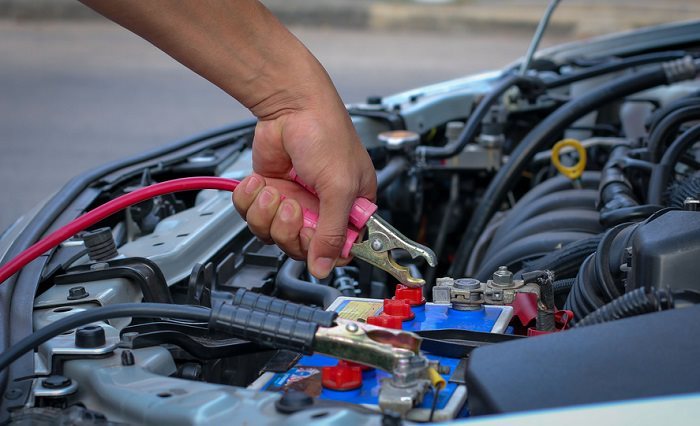
Why Learn How to Jump a Car?
Learning how to jump a car can save you time and prevent being stranded. It’s also a skill that comes in handy not only for yourself but for helping others. Many drivers experience a dead battery at some point, and being prepared can make a big difference in your day and peace of mind.
Tips to Prevent a Dead Battery
Once you know how to jump a car, it’s also helpful to prevent battery issues in the first place. Here are some tips:
- Turn Off Lights and Accessories – Leaving headlights or interior lights on drains your battery.
- Drive Regularly – Short trips don’t allow your battery to fully charge, so take your car for a longer drive every so often.
- Check Battery Terminals – Clean and secure battery terminals can prevent power loss.
Conclusion
Knowing how to jump a car is a skill every driver should have. With the right tools, a few simple steps, and a bit of patience, you can get back on the road in no time. Remember to always prioritize safety by following each step carefully and using caution when handling jumper cables. Now that you know how to jump a car, you’ll be ready the next time you encounter a dead battery.
Before you attempt to jump start your car, it’s important to ensure that low engine oil levels aren’t contributing to your car trouble. Read our post on Can Low Engine Oil Cause Overheating? to understand how oil impacts engine performance and what to look out for.

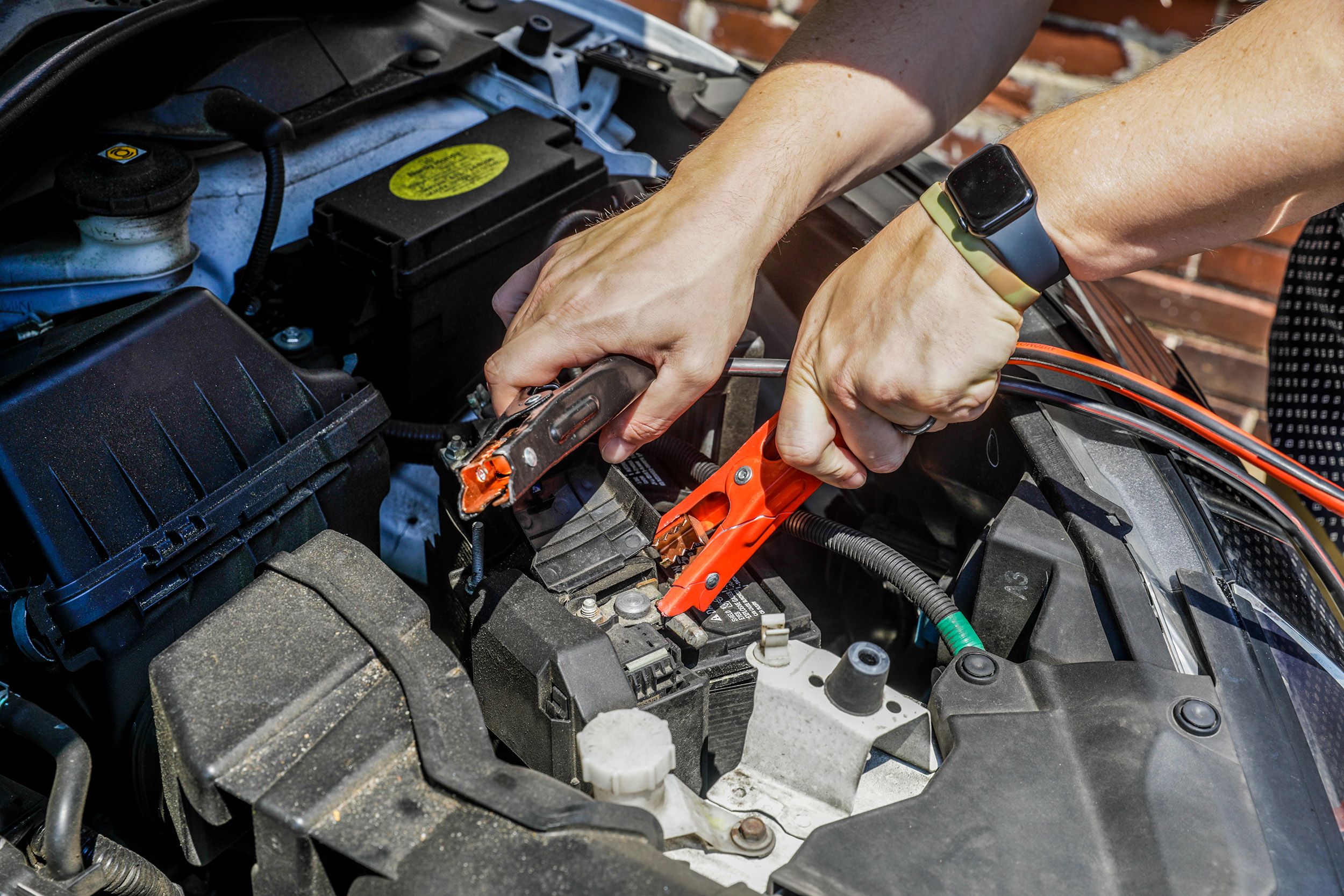
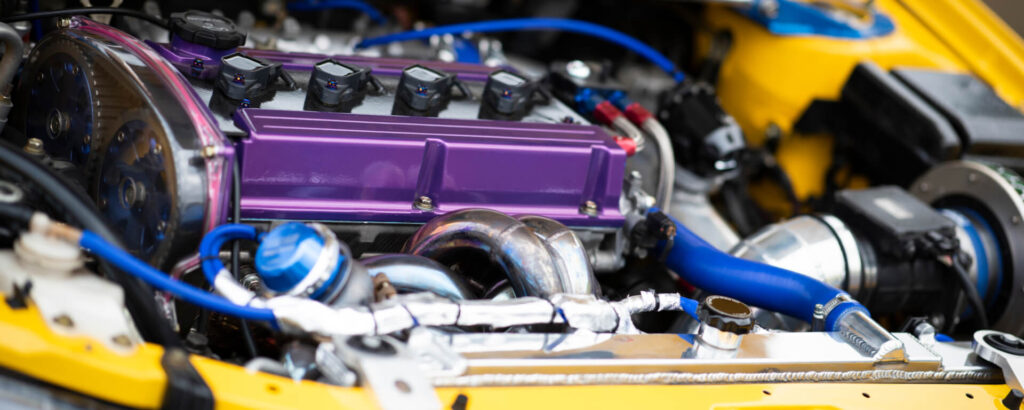
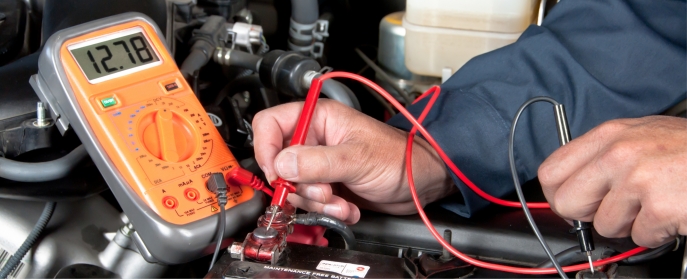
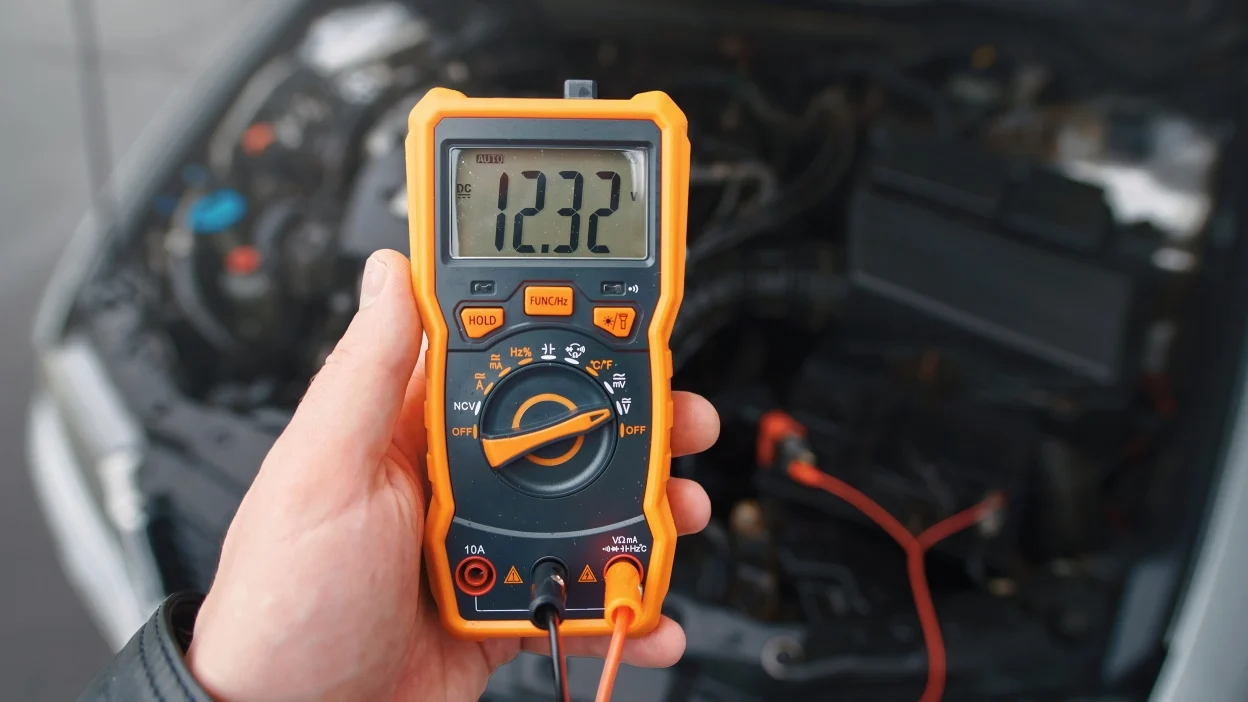
Leave a Reply